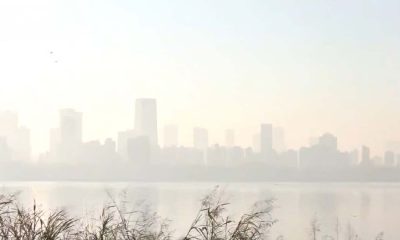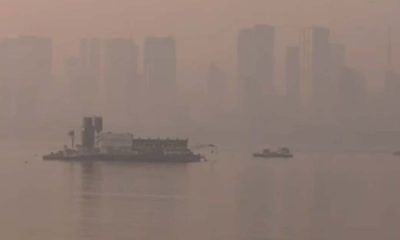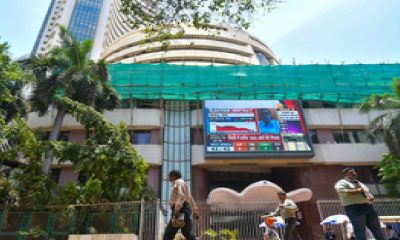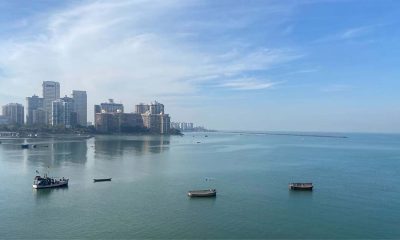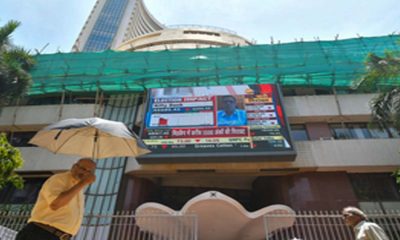Maharashtra
Maharashtra has 35K bridges and their upkeep poses nightmarish challenge
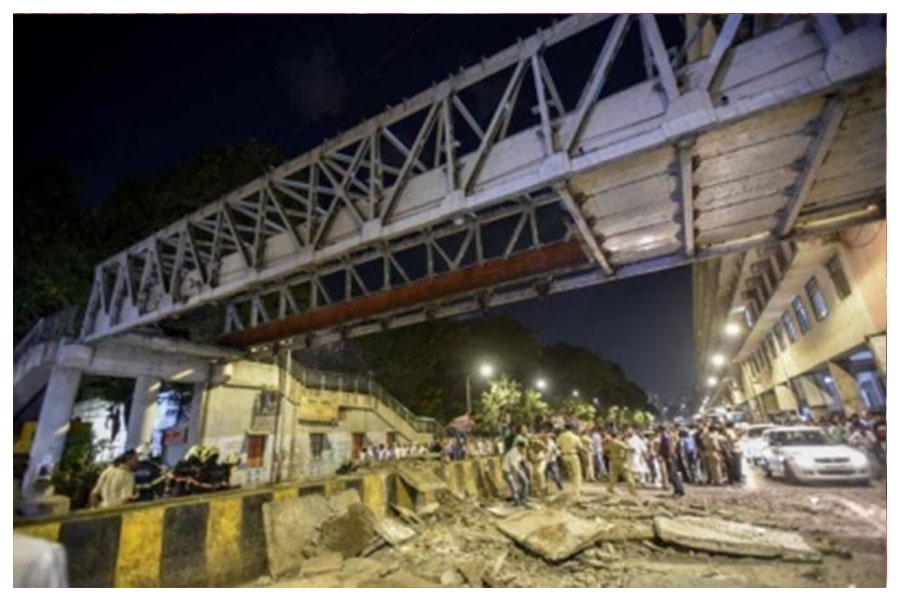
Maharashtra has a stupendous 35,000-plus big and small bridges on roads in village, towns, cities, state or national highways, posing mind-boggling challenges for their regular upkeep and maintenance, with multiple agencies involved, but recording barely 100 structures crashing since 2000, top officials said.
As per government data, under the state’s Public Works Department (PWD) jurisdiction, there are 146 small, 105 big and five long bridges (total 256) from the pre-Independence era, some dating back to over 350 years and still functional.
In the post-Independence era, the state recorded massive development since 1957, with around 16,000 small, 2100 big and 100 long (total 18,200) bridges being constructed.
Besides, there are some 12,000, including 2,000 major bridges, on the national highways crisscrossing the state, an estimated 4,000 (total 16,000) in various civic bodies’ jurisdictions, like some 450-odd in Mumbai, not counting another huge number of bridges on the railway networks.
Despite the huge numbers of bridges, in the past 22 years, barely around 100 medium or small have crashed – 75 percent of them comprising masonry design and the rest raft design – in different parts of the state.
The worst crash was the washout of 106-year-old British-era masonry bridge on the heavily-flooded Savitri River near Mahad in Ratnagiri on August 2, 2016, which swept away two ST buses and around 10 other private vehicles with the death toll touching 40.
There have been other smaller crashes in Mumbai and other parts of the state in the past two decades though with lesser casualties or fatalities.
As per Indian Road Congress (IRC) norms, a “small bridge” spans 06-60 metres, a “big bridge” is 60-200 metres and a “long bridge” is 200 metres plus and can go upto a few kms in length, each posing unique challenges for their upkeep and safety.
These bridges comprise a variety of designs, architecture styles and materials depending on their location, whether linking hills, mountains, passing over rivers, streams, drains (nullah), creeks, the sea (the Rajiv Gandhi Bandra Worli Sea Link or the upcoming Mumbai Trans Harbour Link), flyovers, road over-bridge, foot over-bridge, etc.
“There are prescribed SOPs for checks, routine, pre-monsoon and post-monsoon maintenance for all bridges, but with a staff of around 5,000, its possible to cover only around 35 per cent of the bridges in a year,” revealed a senior PWD officer, requesting anonymity.
As per the SOPs, any initial complaints go to the concerned local PWD office which sends out teams to inspect, and if there are serious problems, specialised team with experts from within and outside (like IITs, IIE, etc.) examine it scientifically, said the officer, who has personally inspected around 1,000 bridges in the past two decades in some of the most hazardous terrain.
Then, the cumbersome work of making reports, proposals, budget estimates, sourcing the funds, setting the time-frame, etc, takes place, and again depending on the urgency of the work, it may or may not be prioritised as paucity of finance remains the biggest hurdle.
A former PWD Chief Engineer of Bridges had suggested to the state government and Union Minister for Roads & Highways Nitin Gadkari to rope in the 30,000 students from civil engineering colleges studying in their two final years to help in the inspection works.
“They can form a part of the local PWD inspection teams and theoretically can inspect all the 35,000-bridges in the state in just a couple of days. This exercise can be done twice a year to reveal all the maintenance flaws and potential risks to any structure,” he said.
The students would be guided by the PWD experts, and it would have proved an invaluable academic field exercise with some incentives like grace marks or extra grades in their exams, etc, but there was no movement on his suggestion, rued the ex-CE.
Prescribing a regular “good health check-up” for all bridges, especially the old ones, a senior Highway Department officer appreciated the Indian Railways for their “constant vigil and dedicated teams carrying out daily, weekly, monthly inspections or biannual surveys of all their bridges” to ensure safety of the hundreds of trains hurtling around the country with passengers and cargo.
“Unfortunately, this zest is severely lacking among the states’ PWDs and virtually non-existent for the national highways authority, though the local civic bodies barely pass out on this count,” the officer said.
Touching on the Savitri River bridge crash, the PWD officer said it was nicknamed a “green bridge” as its fa�ade was completely covered with shrubs, bushes, creepers and small plants – but spelling a “red alert” from the safety aspect.
“Such overgrowth is rarely taken into account, another lurking danger is the dredging of sand from the water-bed in the vicinity, blatantly violating norms which weaken the bridge foundations and make it prone to a crash, overloading during peak hours which hasten the wear-and-tear, allowing vehicles to ply even when the flood levels touch or cross the red level marks, as it happened in the Savitri River case,” he said.
Officers from the Highways Department, PWD, civic bodies and others ruled that “unless regular inspection and maintenance” is carried out for all bridges – majority are already over 40-50 years old – there can be repetitions of the recent Morbi (141 dead) or the 2003 Daman & Diu (26 dead) type tragedies, with more risks added as new bridges come up practically every month in the massive expansion of the roads and railways in the country.
The inspection tasks are now considerably easier with the applications of computers, drones, satellites or other modern gadgets to scan the bridge health without physical presence, though the latest technological advancements come at a high price and are deployed on hardly one percent of all the structures in the state, the officials said.
Maharashtra
Azmi’s unique protest… Wearing a mask, he reached Nagpur Assembly with a banner demanding effective action to end toxic air pollution in Mumbai, SMS company
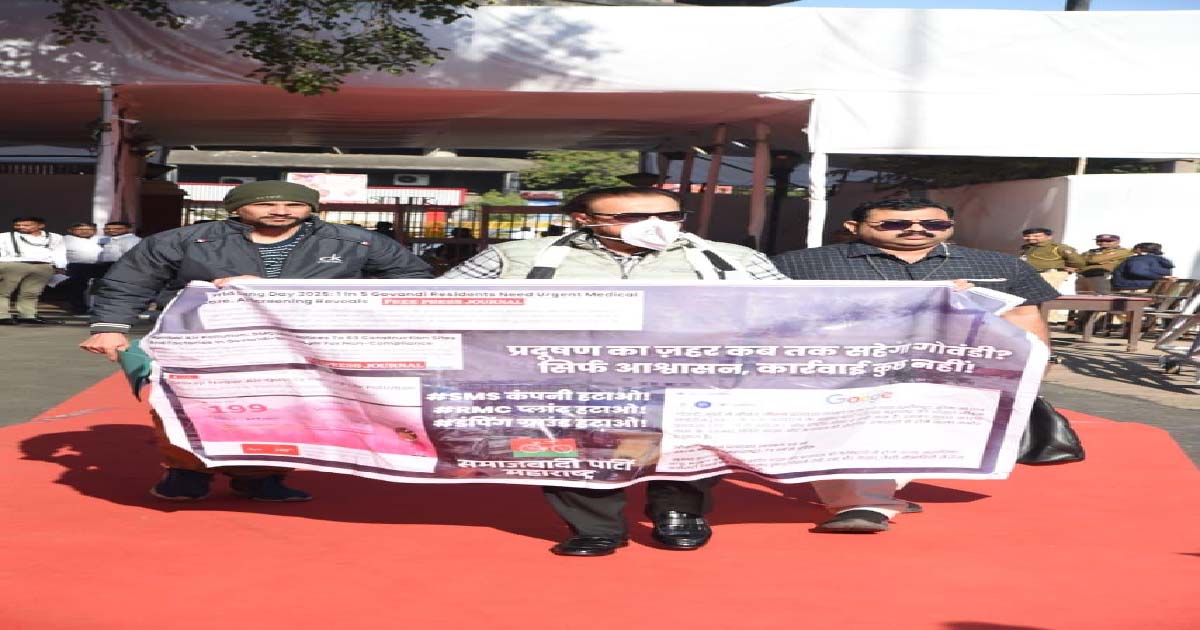
Mumbai: Air pollution and toxic atmosphere are common in Mankhurd Shivaji Nagar. The people of Shivaji Nagar and Govindi are facing toxic fumes every day. Successive governments have neglected this area because it is a poor neighbourhood.
On the second day of the winter session of the Assembly today, the Samajwadi Party (SP) made a clear demand.
It has demanded the immediate closure of the SMS company, RMC plant, and dumping ground and made it clear to the government that it should stop playing with the lives of the common man.
The government should take effective steps to eliminate this toxic air pollution. Abu Asim Azmi said that due to the SMS company in Govandi, the average age of people has increased to 39 years and diseases are spreading due to burning waste and chemical materials in it, so it should be banned immediately. He further said that clean sanitation and other facilities should be available in Govandi and such a factory should be closed so that the people can live a healthy life. Abu Asim Azmi protested against the toxic air outside the Nagpur Assembly in a very unique way by holding a banner and wearing a mask.
Maharashtra
Increase in crime incidents in Mankhurd Shivaji Nagar, demand for action against drug dealers and drug users, Abu Asim demands in Nagpur Assembly
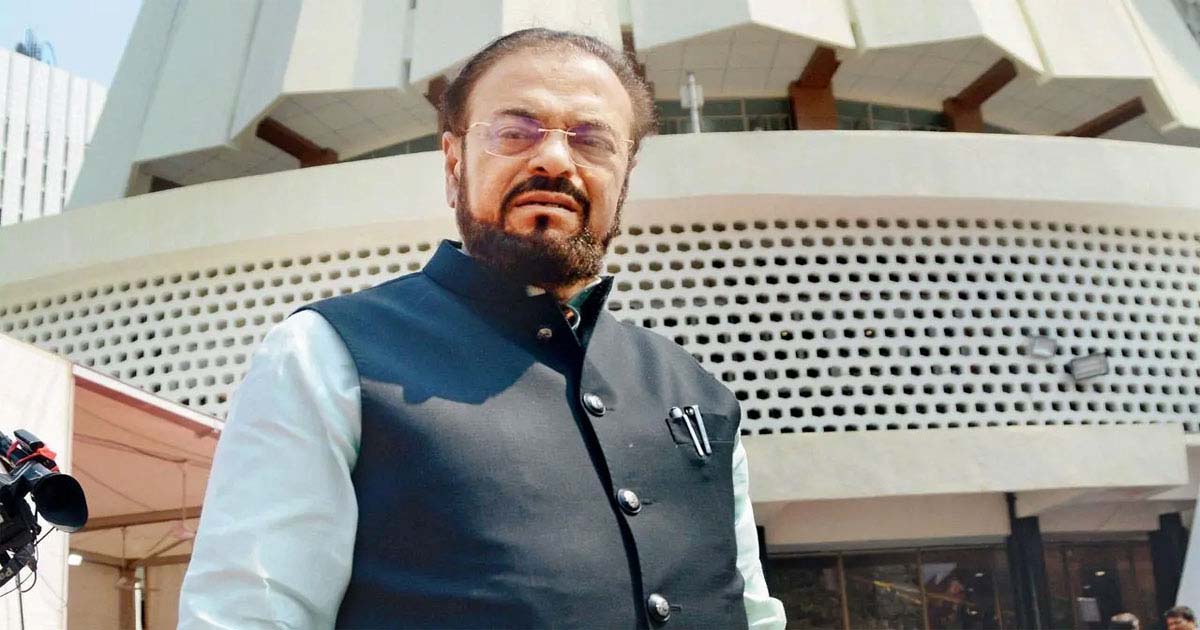
Mumbai: Due to the increase in crime incidents in Mumbai’s Mankhurd Shivaji Nagar, the law and order situation is dire. Due to the shortage of police manpower, it is difficult to control crimes. Three murders have been committed here in three months. The increasing incidents of crime. Maharashtra Samajwadi Party leader and MLA Abu Asim Azmi, while addressing the Nagpur winter session, expressed concern and said that he demanded an increase in the police manpower and the establishment of a new police station in Shivaji Nagar so that criminal elements can be curbed. Along with this, he has also demanded action against drug and drug addicts here. Abu Asim Azmi told the House on a notice seeking attention that there has been an increase in murders, attempted murders and robberies last month. A 24-year-old coconut vendor was murdered over a money transaction. The second murder was committed due to personal enmity and the third murder was committed due to drug dealing. The police are investigating this case in connection with drugs. Mankhurd Shivaji Nagar is a poor area. The law and order situation here is bad due to drug addicts and drug dealers. The population here has also increased immensely. Whenever a road expansion or other project is started somewhere, people are rehabilitated here. That is why there is a shortage of police here. Even after setting up a bat post, there is no police in it because there is a shortage of police manpower. In such a situation, Azmi has demanded that police be deployed here.
Maharashtra
Mumbai: Hajra, wife of builder Riaz in Kurla, accused of illegal abortion, Kherwadi police registers case against mother

Mumbai: An incident has come to light in Mumbai in which a case has been registered against a mother for illegally aborting a pregnancy. Kherwadi police have registered a case of abortion against the second wife of Kurla builder Riaz Shah. On December 7, Riaz Shah’s son filed a complaint in which it was stated that Hajra Shah had miscarried a 24-month-old child. The abortion was done using contraception in 2024 and on the complaint of this illegal act, the police have registered a case against Hajra and her brother Ashfaq under sections 88, 91, 238 of the BNS. This is the first case of its kind in which a case has been registered against the mother for wasting contraception. In 2024, when Riaz Shah asked his wife where the child was, she said that she had miscarried and that she had done the autopsy of the newborn in the Kurla Sunni graveyard and her brothers Ashfaq and Imran Lado knew about this. When Riaz checked in the graveyard, no record of the newborn was found, after which the police registered a case of misleading and aborting the child. Junaid Riaz Shah has filed a complaint against Liya. The police are investigating the matter further.
-

 Crime3 years ago
Crime3 years agoClass 10 student jumps to death in Jaipur
-

 Maharashtra1 year ago
Maharashtra1 year agoMumbai Local Train Update: Central Railway’s New Timetable Comes Into Effect; Check Full List Of Revised Timings & Stations
-

 Maharashtra1 year ago
Maharashtra1 year agoMumbai To Go Toll-Free Tonight! Maharashtra Govt Announces Complete Toll Waiver For Light Motor Vehicles At All 5 Entry Points Of City
-

 Maharashtra1 year ago
Maharashtra1 year agoFalse photo of Imtiaz Jaleel’s rally, exposing the fooling conspiracy
-

 National News1 year ago
National News1 year agoMinistry of Railways rolls out Special Drive 4.0 with focus on digitisation, cleanliness, inclusiveness and grievance redressal
-

 Maharashtra1 year ago
Maharashtra1 year agoMaharashtra Elections 2024: Mumbai Metro & BEST Services Extended Till Midnight On Voting Day
-

 National News1 year ago
National News1 year agoJ&K: 4 Jawans Killed, 28 Injured After Bus Carrying BSF Personnel For Poll Duty Falls Into Gorge In Budgam; Terrifying Visuals Surface
-

 Crime1 year ago
Crime1 year agoBaba Siddique Murder: Mumbai Police Unable To Get Lawrence Bishnoi Custody Due To Home Ministry Order, Says Report



